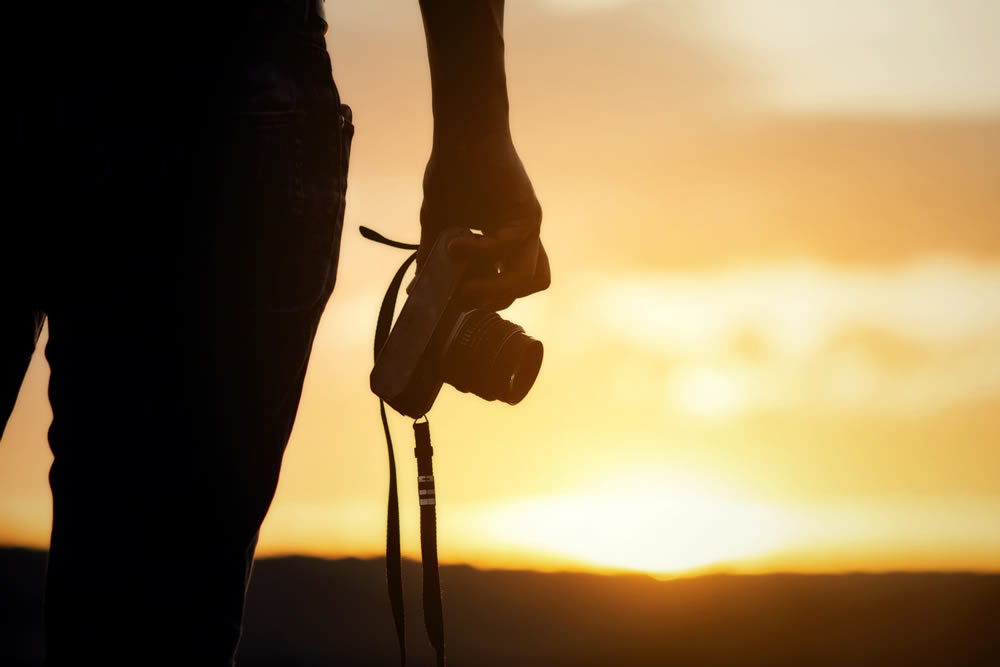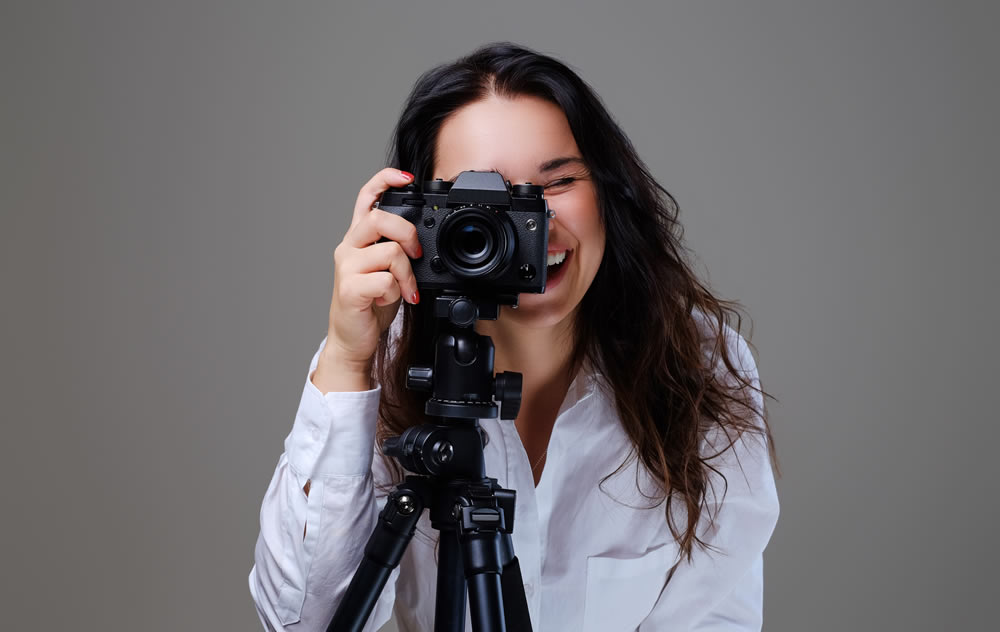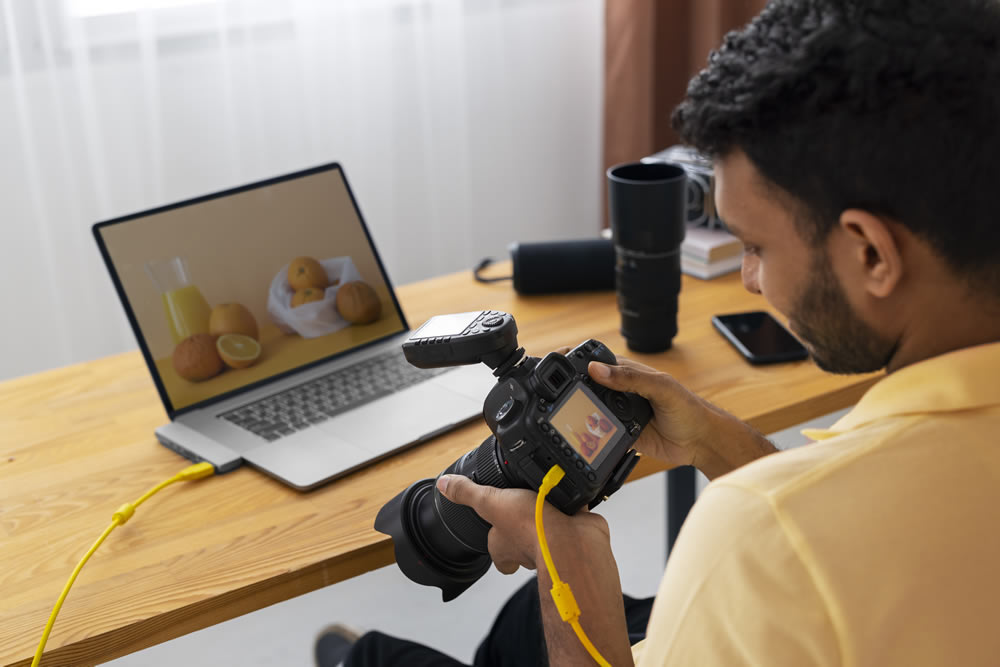Photography is not only a way to capture moments but also to tell stories. It is an invaluable instrument that can help students acquire new knowledge. We can learn to see the world differently when we take pictures. It’s the art of finding hidden details in the ordinary. For students, photography stimulates their imagination and critical views.
It’s not just about clicking the camera but also about expressing the moment. It is a challenging task involving selecting what to capture and how to do it. But how can photography become a truly effective learning tool? Here’s what you need to know as a student.

Photography as an Educational Resource
Photography is of paramount importance as a tool for teaching. It is an art form and a medium for interacting with students. A photo can express difficult things in a very easy way. And for educators, this is an absolute treasure. They can achieve that by adopting photos, which can help make the abstract concepts more concrete. The Socratic method is very instrumental in science and history lessons. For example, the shot of a historical event would be a glimpse into the past and a way to make the story more lively and vivid than common words.
Photography is an important tool for learning languages, and it makes language learning easier. However, innovative forms of training are only part of the options at your disposal. As a student, you can still use writing services as a source of knowledge. Find a valid Paperhelp promo code, and you can reduce the cost of such academic services by learning something new.
Theoretical Frameworks Supporting Visual Learning
A few theories show why visual learning, a type of photography, is compelling. The Dual Coding Theory is among the key theories. It highlights that our brains operate in visual and verbal contexts in different manners. When written and visual materials are combined, the former are more effective in learning. Another idea that is being stressed is the Cognitive Load Theory.
It relieves that our brains can only process a limited number of the possible data to be held at any given time during the period. Pictures can simplify the most complex information to make it understandable. Constructivist Theory correlates with the concept of visual learning, according to which the visual aid plays a vital role in knowledge acquisition. It explains that knowledge acquisition occurs through the active process of building up your understanding.

Practical Applications of Photography in Classroom Settings
Photography can transform a classroom in different ways. They can exercise it to create visual aids, making lessons more engaging. For instance, in a geography class, slides from different areas of the world can be used to show cultural diversity. Science teachers can depict biological processes using pictures or show us astronomical phenomena. Students can also undertake their photo assignments to explore their locality.
Students can write about what happens in the local environment, like growing plants and animals, or take pictures of the community’s problems. This gives students a personal touch and allows them to learn by practicing and learning Theory. Digital storytelling projects also contribute to the student’s skill development in narrative. By combining text with images, students can tell creative and interesting stories.
Enhancing Engagement and Motivation through Photographic Assignments
An assignment using photographs as visuals is a great way to elevate students’ levels of involvement and aspirations. These assignments teach students the need for creativity and problem-solving skills. For example, students may be tasked with a project where they should take pictures that tell a story or evoke a certain emotion.
They do this work by encouraging them to look at their place differently. It is the perfect way to link the concepts through a subject and gives the students a voice, letting them choose what is meaningful. With competitions, students can be motivated to strive for top performance as they engage in the spirit of the competition.
Photography in Digital Literacy and Media Education
Digital literacy is the main concept of photography as a medium. It is a communication tool used to educate students about the impact of visual media on messages. It is important to understand what to do with the visual content related to the digital world. Students are taught about how images on social media, advertising, and the press influence public opinion. They talk about issues of visual bias and photo editing norms. This knowledge is a tool for avoiding dangers associated with the digital world. The digital world can be dangerous sometimes, and this knowledge is a tool that helps us navigate this digital world responsibly.

Possible Academic Challenges and Ways to Avoid Them
Using photography in both schools and colleges may have some obstacles. One concern is the digital divide; not all students have the same access to cameras or editing tools. To overcome this, schools can provide shared devices and use free and open-source programs. Another difficulty is the concentration on education goals rather than technical skills. To resolve this issue, teachers may assign photograph activities that sync with the curriculum objectives and provide students with productive learning experiences in certain subject areas. If academic institutions consider all the pitfalls, then the educational process through photo content can become a useful addition to any major.










